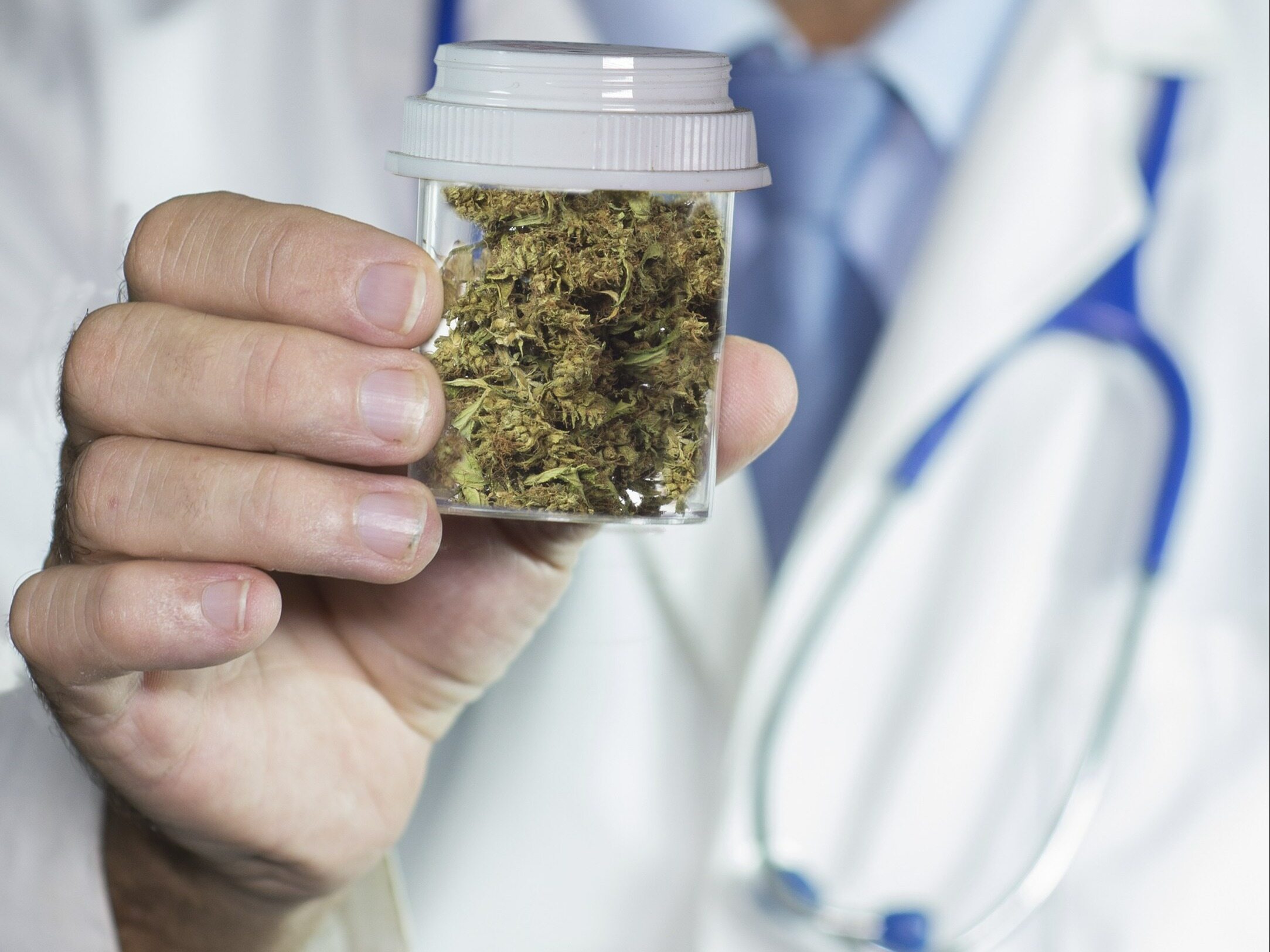Medicinal marijuana helps relieve unbearable pain. Can you get addicted to it?

According to the data of the Ministry of Health, the demand for medical marijuana in Poland is growing year by year. Since 2019, the amount of medical marijuana sold has increased about 20-fold. “The largest group of recipients in my practice are oncological patients,” says Albert Jeznach, a pain specialist, for “Wprost”.
Although medicinal (medical) marijuana is still controversial, and many people consider it an illegal drug, Poles are getting used to it. In 2022, over 9,000 patients used medical marijuana, compared to about 4,000 two years earlier. In 2023, 3 tons of dried herbs were imported to Poland, and it often happens that patients cannot fulfill their prescriptions due to the lack of raw material in pharmacies.
As a pain management specialist, Albert Jeznach, points out, medicinal marijuana is invaluable in many cases: it helps to relieve chronic pain associated with cancer, but also accompanying fibromyalgia, with severe pain in both muscles and bones, in postoperative pain or chronic neuropathic pain . However, the list of diseases with an indication for medical marijuana therapy is much longer. It includes diseases such as: multiple sclerosis, epilepsy, autism spectrum disorders. The expert adds:
Although oncology patients are most often prescribed medicinal marijuana, because the pain accompanying this disease can be difficult to imagine, the indication may also be: nausea or lack of appetite, which occur in the treatment of cancer. Chemotherapy or radiotherapy save lives, but they can cause nerve damage, sensory disturbances that cause pain. I have these patients under my care.
How does medicinal marijuana work?
Medicinal marijuana is a dried hemp plant with a very rich composition. It is made from hemp flowers and contains several hundred different substances, among which there are e.g. cannabinoids. Cannabinoids are considered the main medicinal components of medical marijuana. The most important therapeutic effects are shown by THC (tetrahydrocannabinol) and CBD (cannabidiol). Depending on the needs of the patient and his expectations, the doctor can choose the right variety of marijuana. Medical marijuana is prescribed only on prescription, and the patient treated in this way should remain under the constant care of a specialist. The specialist translates:
There are different causes of pain and different needs of patients. There are patients who want to be professionally active for as long as possible and be able to work even during oncological treatment. A variety that has a predominance of the sativa phenotype has a stimulating effect, the indica phenotype, more calming, relaxing. However, hybrid strains with equal concentrations of THC and CBD are best suited for initiating therapy.
Medical marijuana is in the form of dried material, which is used by vaporization, i.e. inhalation of compounds that evaporate after heating cannabis to the right temperature. The effect is felt by the patient after 5-10 minutes. The effect lasts for 2-4 hours.
Can you become addicted to medicinal marijuana?
Many people fear marijuana addiction. According to the expert, the risk of becoming addicted to medical marijuana is small, comparable to caffeine addiction. And adds:
Medical marijuana has some addictive potential. However, the risk of addiction can be reduced by taking drug holidays during remission of the disease. Reverse tolerance occurs during chronic medical marijuana use. This means that over time, cannabis causes fewer and fewer side effects, while maintaining the analgesic effect. Many of my patients do not experience the “high” that recreational users are interested in. Thanks to the phenomenon of reverse tolerance, patients can be professionally active and enjoy life without pain.
The most common symptoms of withdrawal from medicinal marijuana include: sleep fluctuations, mood swings, irritability, appetite disturbances – these are mild and usually go away on their own after 1-2 weeks. As the expert points out, medical marijuana, like any drug, can be overdosed, which is most often manifested by a strong sleep lasting several hours. Marijuana, however, is much safer than opioid drugs, overdosing of which can lead to respiratory arrest and death. The lethal dose of medical marijuana used in Poland is estimated at approx. 100 g in a single intake. The recommended single dose is about 100-150 mg, so taking 100 g does not seem possible, according to the expert.
Currently, medical marijuana is not reimbursed in Poland. The cost of treatment is several hundred zlotys a month.






